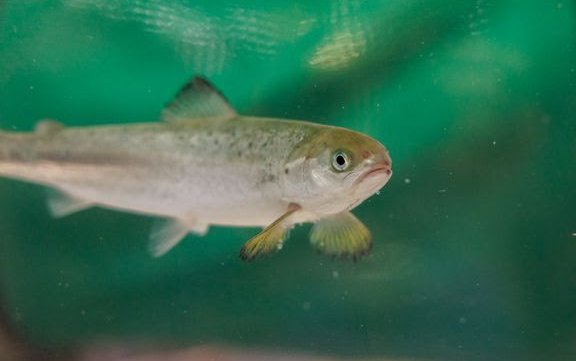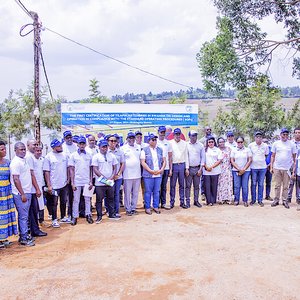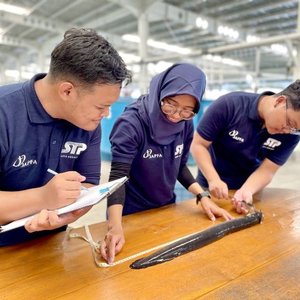Hydrogen sulfide is a toxic gas that can form in recirculating aquaculture systems (RAS), particularly at higher salinity levels. Even low levels of H2S have been linked to health problems and mortality in salmon. The recently published study looked at how salmon are affected by being in water with low amounts of hydrogen sulfide over an extended period, which can occur during normal production in RAS.
Researchers from Nofima have investigated how salmon mucosal surfaces (i.e. skin, gills, and nose), which are the first line of defense against environmental threats, react to prolonged exposure to low, non-lethal levels of H2S.
One of the key findings that the researchers made is that when salmon are exposed to hydrogen sulfide, the gills and olfactory organs in particular react by activating genes that help the fish cope with stress and activate the immune responses. Another finding is that salmon mucosae have a natural ability to detoxify hydrogen sulfide. The researchers also identified several protein markers in the mucus from the skin and gills that can be used for non-invasive testing for H2S response.
"Our findings suggest that salmon can largely adapt to the low H2S levels we tested, without serious negative health effects," said project leader Carlo C. Lazado from Nofima. "This is good news for the aquaculture industry, but also underscores the importance of careful monitoring and control of H2S levels in RAS facilities."
The results can contribute to better farming of Atlantic salmon in several ways. One of the most important points that the researchers highlight in the report is improved risk assessment and setting of limit values for H2S in RAS facilities. There is potential here for developing new standards to strengthen salmon's resistance to H2S exposure.
The study represents an important step towards more sustainable and efficient land-based salmon farming, with a focus on fish welfare and production quality. The findings are particularly relevant for land-based fish farms where H2S levels may be higher than in open sea facilities. By monitoring and controlling H2S levels, as well as implementing measures to strengthen the fish's natural defenses, farmers can ensure healthier and more productive fish.
Carlo Lazado will present more from this research at the conference Smolt production in the future from October 16-17, 2024.
Reference:
Juan Bosco Ara-Díaz, Julie Hansen Bergstedt, Nora Albaladejo-Riad, Muhammad Salman Malik, Øivind Andersen, Carlo C. Lazado, Mucosal organs exhibit distinct response signatures to hydrogen sulphide in Atlantic salmon (Salmo salar), Ecotoxicology and Environmental Safety, Volume 281, 2024, 116617, https://doi.org/10.1016/j.ecoenv.2024.116617













